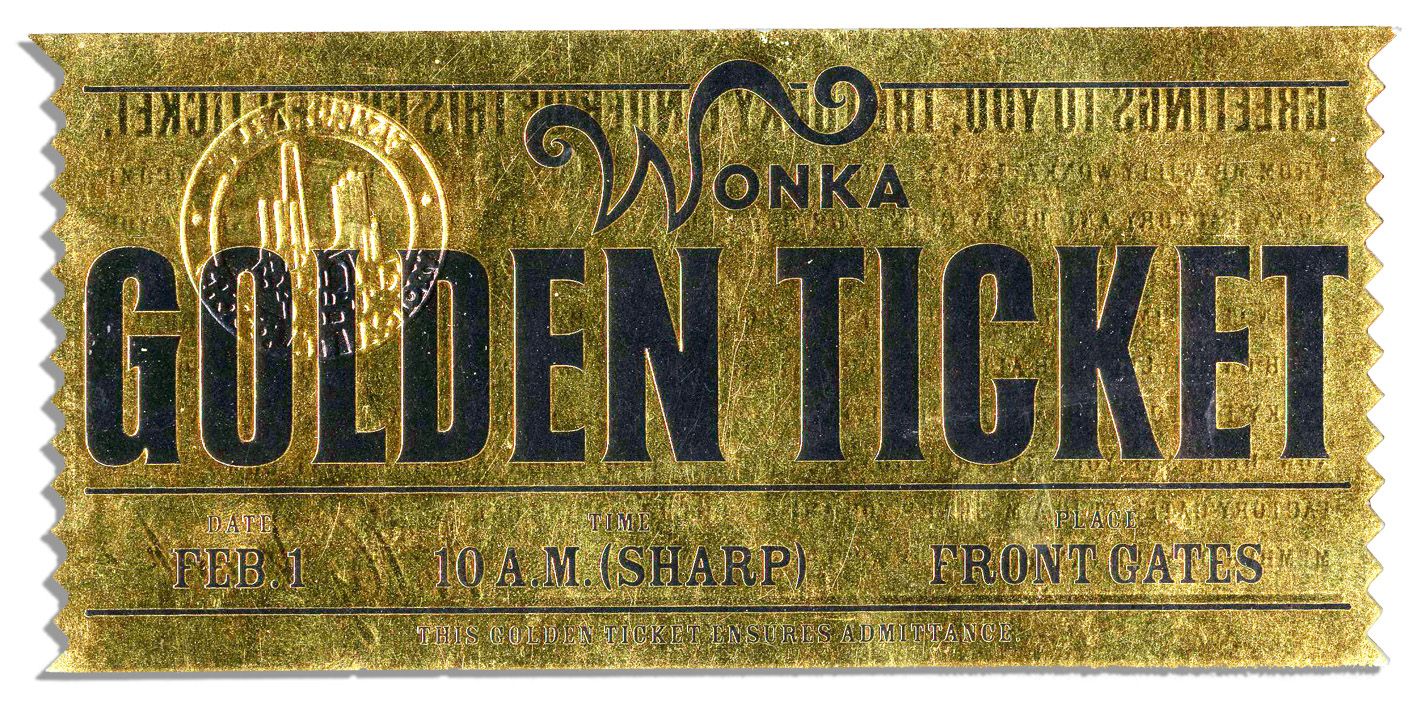

The likeness is really quite remarkable and I do appreciate your letting me work with you during the final stages of its completion. On June 4, 1964, Jackie wrote to de Weldon in a letter, "I do want to tell you how pleased I am with your bust of the President, and when it is placed in the Library, I know it will serve as a constant reminder of the President and all he means to our country. Kennedy came to his studio and made a few small changes to the image. According to the sculptor in his memoirs, once the plaster bust was complete, Mrs. De Weldon continued to work on the bust at his studio where Jacqueline Kennedy visited him a number of times. He came to the White House for sittings with the President on at least two occasions in the summer and fall of 1963, but the plaster bust was still incomplete at the time of Kennedys assassination in November of that year.

His busts of Truman in 1946, and earlier in England in the late 1930s, George V, George VI, and Edward VIII brought him to the attention of Jacqueline Kennedy when she was looking for a sculptor to create the official bust of John F. Marine Corps War Memorial depicting the historic raising of the American flag at Iwo Jima.ĭe Weldon was a prolific and important sculptor in the post-war period, who completed busts of some of the most important figures of the day. The bust is an original plaster maquette of President Kennedy, created by Felix de Weldon, best known as the creator of the U.S. Kennedy, the 35th President of the United States. Headlining the June 16 Voices of the 20th Century Sale at Bonhams will be a unique plaster bust of the late John F. The sculpture, which portrays a lithe Black woman unwrapping herself from an ancient Egyptian funerary dress, her right hand holding up the end of the white fabric upon her chest, reflects an attitude also popularised in the early days of the Harlem Renaissance by Du Bois in the pages of The Crisis: an intense interest in an imagined “Africa” – especially Ancient Egypt and Ethiopia – as a new articulation of African American culture identity.NEW YORK, NY. Commissioned to make an allegorical piece about the nation of Ethiopia, Fuller produced the 35 cm polychrome plaster maquette presented in Venice as a study for a larger bronze sculpture, which was later included in the 1921 America’s Making Exposition. Du Bois, who would later provide her with major sculptural commissions, including for her famous 1921 work Ethiopia Awakening. During her time in Paris, she met political theorist and editor of The Crisis W.E.B. She did this when Black women were too rarely given the opportunity to seek formal artistic training.

Frequently cited as an important predecessor to the Harlem Renaissance, the sculptor Meta Vaux Warrick Fuller is most famous for her allegorical works that examine diasporic identity and engage with Pan-Africanist visual motifs, at a time when themes addressing the experience of the African American community were frequently suppressed in mainstream culture.


 0 kommentar(er)
0 kommentar(er)
